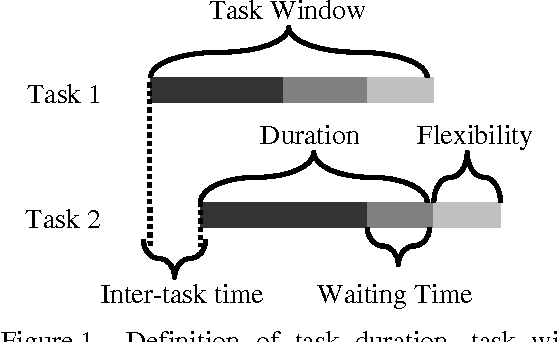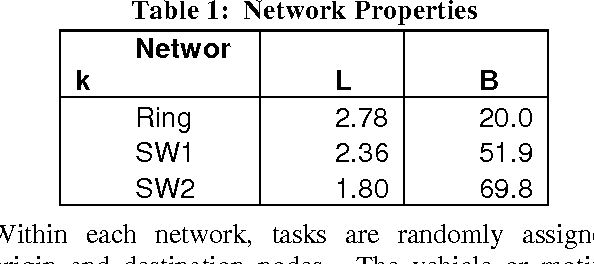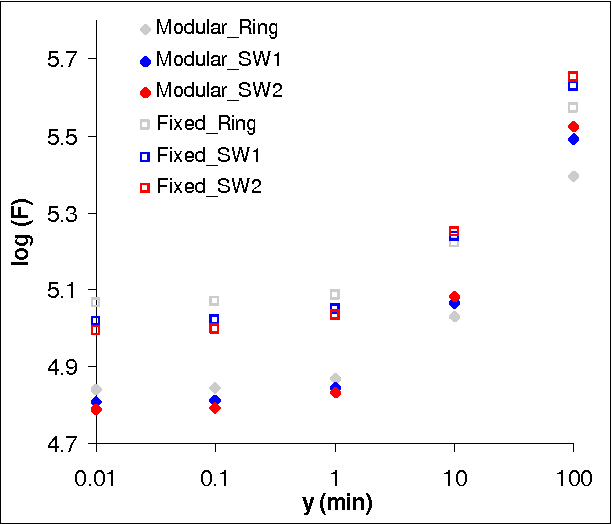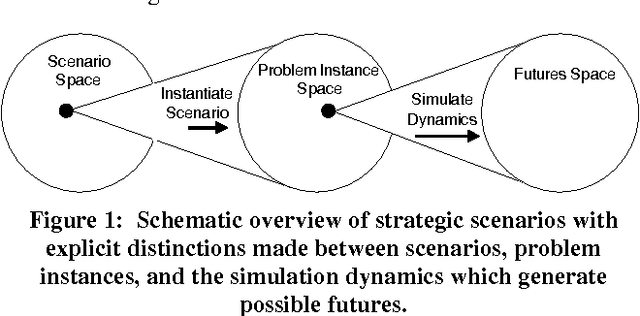Stephen Baker
A Generative Framework for Bidirectional Image-Report Understanding in Chest Radiography
Feb 09, 2025



Abstract:The rapid advancements in large language models (LLMs) have unlocked their potential for multimodal tasks, where text and visual data are processed jointly. However, applying LLMs to medical imaging, particularly for chest X-rays (CXR), poses significant challenges due to the need for precise visual-textual alignment and the preservation of critical diagnostic details. In this paper, we propose Multi-Stage Adaptive Vision-Language Tuning (MAViLT), a novel framework designed to enhance multimodal reasoning and generation for CXR understanding. MAViLT incorporates a clinical gradient-weighted tokenization process and a hierarchical fine-tuning strategy, enabling it to generate accurate radiology reports, synthesize realistic CXRs from text, and answer vision-based clinical questions. We evaluate MAViLT on two benchmark datasets, MIMIC-CXR and Indiana University CXR, achieving state-of-the-art results across all tasks. Human evaluations further validate the clinical relevance and utility of MAViLT, making it a robust tool for real-world medical applications. This work demonstrates the feasibility of leveraging LLMs for multimodal medical imaging while addressing key challenges in vision-language integration.
Network Topology and Time Criticality Effects in the Modularised Fleet Mix Problem
Jul 03, 2009



Abstract:In this paper, we explore the interplay between network topology and time criticality in a military logistics system. A general goal of this work (and previous work) is to evaluate land transportation requirements or, more specifically, how to design appropriate fleets of military general service vehicles that are tasked with the supply and re-supply of military units dispersed in an area of operation. The particular focus of this paper is to gain a better understanding of how the logistics environment changes when current Army vehicles with fixed transport characteristics are replaced by a new generation of modularised vehicles that can be configured task-specifically. The experimental work is conducted within a well developed strategic planning simulation environment which includes a scenario generation engine for automatically sampling supply and re-supply missions and a multi-objective meta-heuristic search algorithm (i.e. Evolutionary Algorithm) for solving the particular scheduling and routing problems. The results presented in this paper allow for a better understanding of how (and under what conditions) a modularised vehicle fleet can provide advantages over the currently implemented system.
Computational Scenario-based Capability Planning
Jul 03, 2009Abstract:Scenarios are pen-pictures of plausible futures, used for strategic planning. The aim of this investigation is to expand the horizon of scenario-based planning through computational models that are able to aid the analyst in the planning process. The investigation builds upon the advances of Information and Communication Technology (ICT) to create a novel, flexible and customizable computational capability-based planning methodology that is practical and theoretically sound. We will show how evolutionary computation, in particular evolutionary multi-objective optimization, can play a central role - both as an optimizer and as a source for innovation.
Strategic Positioning in Tactical Scenario Planning
Jul 02, 2009



Abstract:Capability planning problems are pervasive throughout many areas of human interest with prominent examples found in defense and security. Planning provides a unique context for optimization that has not been explored in great detail and involves a number of interesting challenges which are distinct from traditional optimization research. Planning problems demand solutions that can satisfy a number of competing objectives on multiple scales related to robustness, adaptiveness, risk, etc. The scenario method is a key approach for planning. Scenarios can be defined for long-term as well as short-term plans. This paper introduces computational scenario-based planning problems and proposes ways to accommodate strategic positioning within the tactical planning domain. We demonstrate the methodology in a resource planning problem that is solved with a multi-objective evolutionary algorithm. Our discussion and results highlight the fact that scenario-based planning is naturally framed within a multi-objective setting. However, the conflicting objectives occur on different system levels rather than within a single system alone. This paper also contends that planning problems are of vital interest in many human endeavors and that Evolutionary Computation may be well positioned for this problem domain.
 Add to Chrome
Add to Chrome Add to Firefox
Add to Firefox Add to Edge
Add to Edge